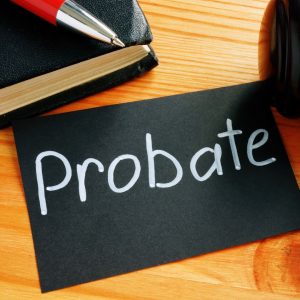Gray Divorce: Dividing Assets Can Impact Retirement
Although most people who marry hope their unions will last forever, about 50% of first marriages in the United States end in divorce. Individuals aged 50 and older are still less likely to get divorced than those who are younger. Still, the divorce rate has roughly doubled for those age 50 and older since 1990.
Unfortunately, a divorcing couple must typically negotiate a property settlement agreement to divide assets. Retirement plan benefits are often among the most valuable marital assets to be divided, along with houses, cars, and bank accounts. The laws of your state will define which retirement benefits are community property assets that are subject to division.
Trading marital assets
You and your spouse may have one or more retirement accounts held by various financial institutions, or pension benefits from past and current employers. In some cases, one spouse may agree to waive any rights to all or some of the other spouse’s retirement benefits in exchange for other marital assets (for example, a home).
With 401(k) plans or IRAs where the value is clear, trading the account balance for other marital assets is generally straightforward. On the other hand, trading pension benefits should be done only if you’re certain the present value of those future payments has been accurately determined. Before you give up a valuable lifetime income, make sure you’ll have other adequate resources available to you at retirement.
Employer plans
If assets in a qualified retirement plan will be divided, a qualified domestic relations order (QDRO) is provided to the employer. Pursuant to a QDRO, one spouse could be awarded all or part of the other spouse’s pension plan benefit or 401(k) account balance as of a certain date. Assuming the transfer is done correctly, the recipient is responsible for any taxes on benefits awarded pursuant to a QDRO. A QDRO is an order that is used in all areas, for example you could be getting a QDRO in California, it doesn’t matter where you are. Wherever you and your spouse are splitting and depending on your situation you could be provided with it. If the distribution is taken from the plan, the 10% penalty that normally applies to early distributions before age 59 will not apply. The recipient may be able to roll certain distributions into an IRA to defer taxes.
IRAs and taxes
Dividing assets in IRAs or nonqualified plans does not require a QDRO. However, a divorce decree may be needed to avoid the negative tax consequences of IRA distributions resulting from divorce. If the IRA assets are transferred to the former spouse’s IRA in accordance with a divorce decree, then the original IRA owner will not be responsible for any taxes on the distribution. Going forward, the recipient spouse must pay ordinary income tax when distributions are taken from the IRA.
IRAs may play another important role in negotiations now that the tax deduction for alimony payments has been eliminated for divorce agreements executed after December 31, 2018. When a recipient spouse is older than 59, it might make sense to offer a lump-sum payment of alimony from a traditional IRA instead of making after-tax payments going forward.
To discuss your estate planning needs, contact our office today.




